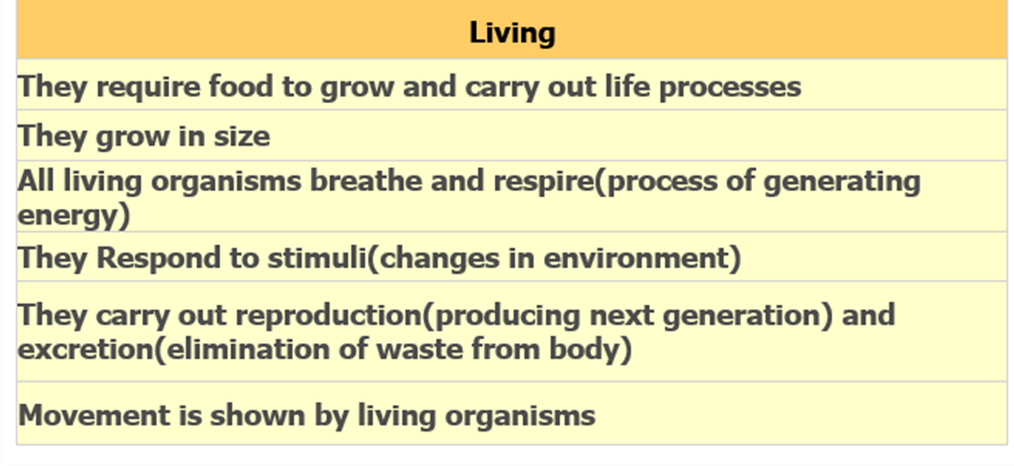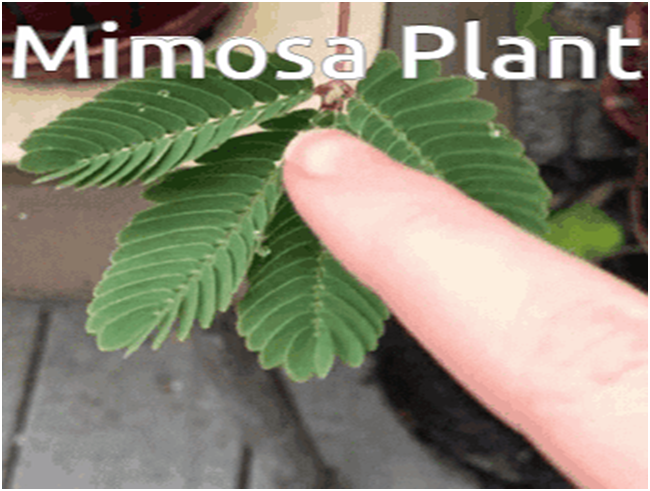- Books Name
- CBSE Class 6 Science Book
- Publication
- Param Publication
- Course
- CBSE Class 6
- Subject
- Science
Oceans :
• Sea animals like squid and octopus stay near the seabed and catch any prey that move towards them. When they move in water, they make their body shapes streamlined.
• Generally aquatic animals have gills to help them use the oxygen dissolved in water.
• Dolphins and whales do not have gills. They breathe in air through nostrils or blowholes that are located on the upper parts of their heads.This allows them to breathe in air when they swim near the surface of water.
• They can stay inside the water for a long time without breathing.
(ii) Ponds and Lakes
• Roots of plants are much reduced in size and their main function is to hold the plant in place.
• The stem is long, hollow and light.
• The stems grow upto the surface of water while the leaves and flowers float on the surface of water.
• Some plants are totally submerged in water, i.e, all parts of the plant grow under water. These plants have narrow and thin ribbon like leaves. Through highly divided leaves, the water can easily flow without damaging them.
• Amphibious Adptations In Animals
The animals which can live both on land as well as in water are called amphibious animals. Common amphibious animals are: frogs, toads and salamanders.
They have the following adaptations:
1. The skin is moist and slimy which help in respiration.
2. They can also respire through lungs.
3. The hind legs are long and strong which help in hopping movements on the land.
4. They have webbed feet for swimming.
C. Aerial or Volant Adaptations
Animals which are adapted for the aerial mode of life (flying) are known as volant animals. Common volant animals are an birds and bats.
They have the following adaptations:
1. They have streamlined body which is covered with feathers.
2. Their forelimbs are modified into wings.
3. The bones are light, hollow, spongy and contain many air cavities.
4. They have lungs for respiration.
5. The nervous system and sense organs are well developed.
6. The flight muscles are well-developed and their eyesight is very sharp.
- Books Name
- Class 6 Science Book
- Publication
- PathSet Publications
- Course
- CBSE Class 6
- Subject
- Science
Characteristics of Organisms

Life is a process seen only in living objects in the form of growth, movement, feeding or eating, sensitivity, respiration, excretion and reproduction. All living things on this earth possess certain basic characteristics.
Life Span: Each animal lives for a certain period. This period is referred to as life span.
These include the following:
- Growth
- Movement
- Feeding
- Responsiveness
- Excretion
- Respiration
- Cellular structure
- Reproduction
- Adaptation
Growth:
Growth is defined as the permanent irreversible increase in the size and total weight of the living object.
- Animals grow for a certain period.
- In the case of trees, growth takes place throughout life.
- Growth in plants and animals is influenced by several factors like food, climate, lifestyle, etc.
Movement:
Change in the position from one place to another is called movement.
- Locomotion: The movement involving a change of place in animals is called locomotion.
- Animals use wings (bird), fins (fish), limbs (cow, horse, buffalo, man) for locomotion.
- Plants generally show movements of various parts, e.g., flower buds open, roots grow away from light, when we touch the leaves of mimosa (touch me not), they shrivel up.
Cellular Structure :
- Cells constitute plants and animal bodies.
- Cells are organised in various ways in different organisms.
- They help in carrying out various functions like nutrition, respiration, etc.
- They are called the structural and functional unit of all living organisms.
Nutrition:
The process of taking food by organisms is generally referred to as nutrition or nourishment. Food and water are essential for life. Food provides energy that helps in the growth of the body and its repair.
- Autotrophs: They are the living forms which can synthesize their own food by photosynthesis, e.g., green plants.
- Heterotrophs: They are living organisms which cannot manufacture their own food, e.g., all animals.
- Saprophytes: The living organisms which obtain their nutrition from the dead plants and animals are called saprophytes.
- Parasites: The plants and animals that feed on the other living bodies are called parasites.
Respiration :
- Respiration is a process in which oxygen taken by an organism combines with reserved food, undergoes oxidation and releases energy.
- Breathing: Taking in air and releasing it in animals is referred to as breathing.
- We inhale oxygen (O2) and exhale carbon dioxide (CO2).
Excretion :
- The removal of excretory waste from the body of a living being is called excretion.
- The process of removal of wastes in plants is referred to as secretion.
- Latex, resin and gum are wastes for the plant but useful for us.
Response to Stimuli :
- Living beings respond to changes in their surroundings.
- Stimuli: The factors like food, water, light, touch, gravitational force, etc., are stimuli (stimulus) to which plants and animals respond.

Reproduction:
- The process of a living being to produce of its own kind is called reproduction.
- Life produces life.
- Plants reproduce through seeds. Some plants also reproduce through vegetative parts.
Conclusion:
- Adaptation: The change in specific features and habits which enable a plant or an animal to live in a particular habitat is called adaptation.
- Aquatic habitat: When organisms live in water, their place of living is known as aquatic habitat.
- Biotic component: Living things of a habitat form its biotic component.
- Excretion: The removal of nitrogenous waste substances from the body of a living being is called excretion.
- Growth: Increase in size and total weight of the living organism is called growth.
- Habitat: The place where an organism survives, flourishes and reproduces is called its habitat.
- Living things: These are the things which need water, air and nutrients for their survival.
- Reproduction: The process of a living being to produce of its own kind is called reproduction.
- Respiration: Respiration is a process in which air taken by an organism combines with the reserved food, undergoes oxidation and releases energy.
- Stimulus: The factors like food, water, light, touch, gravitational force, etc., are stimuli to which plants and animals respond

 Param Publication
Param Publication
 PathSet Publications
PathSet Publications
